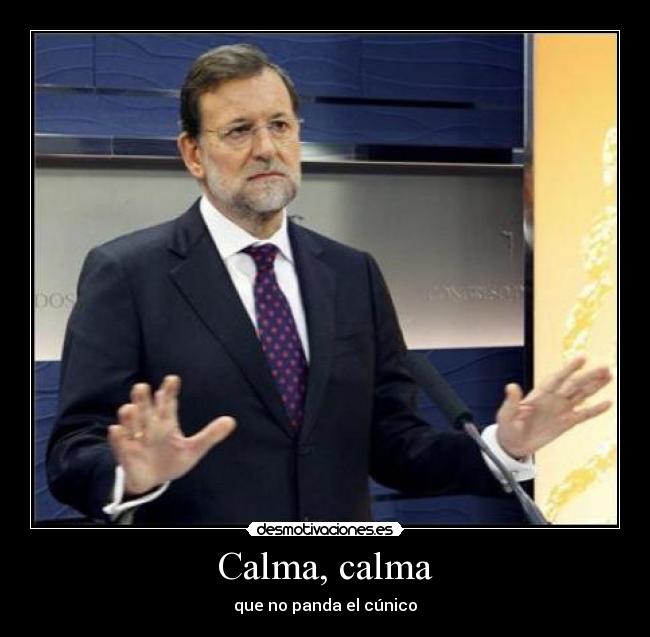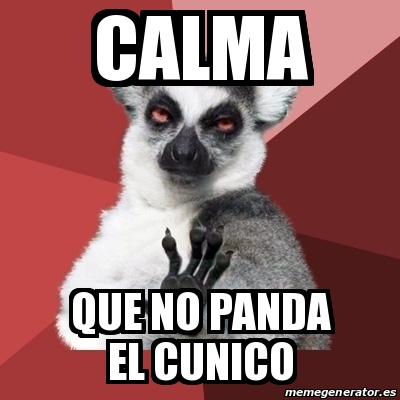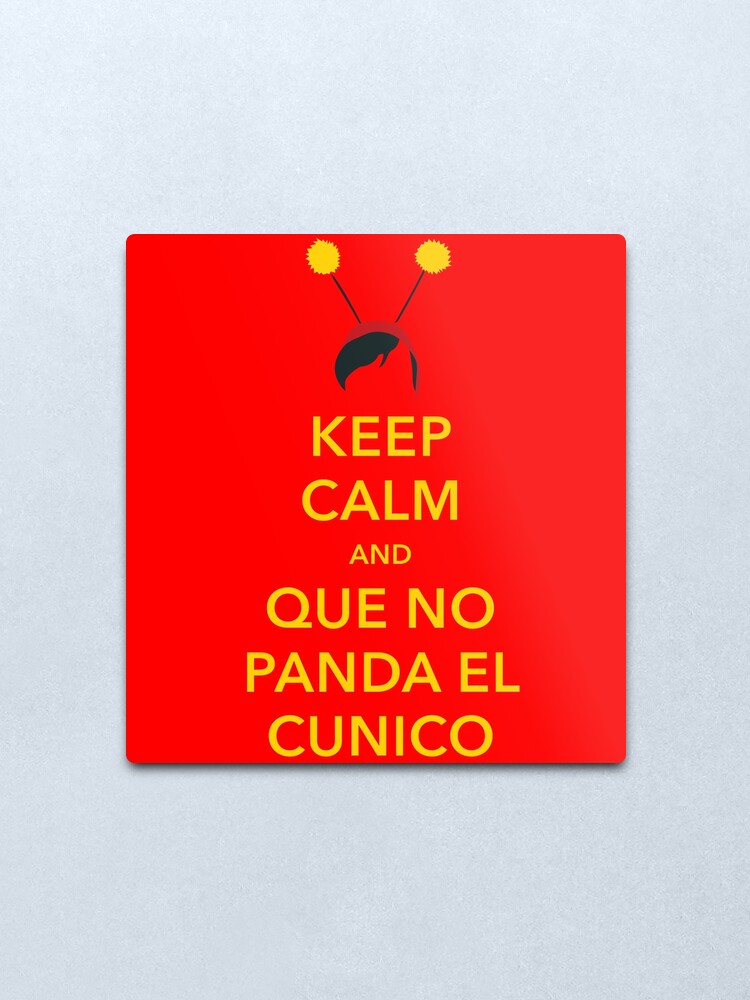

You can also say: está lloviendo a cántaros (it’s raining buckets), llueve hasta maridos (it’s raining men), or, está cayendo un diluvio (it’s flooding).Įsta tarde cayó un aguacero ni el berraco, jamás había visto semejante palo de agua. More colloquially, many people call this a palo de agua.

The most common word locally for a downpour is aguacero. There are many ways to say that it’s raining hard. When dark clouds look menacing or you can just tell that it’s going to rain, you’ll want to say Tiene ganas de llover or Quiere llover. It’s said that Eskimos have one hundred terms for snow due to its importance and ubiquity in their culture, so it’s only logical that Bogotanos would have a plethora of vocabulary for talking about rain.

In fact, some people jokingly call November lloviembre, combining noviembre and lluvia. That’s because we’re in what’s called invierno, a rainy season that’s particularly strong in November and December. Happy new year!īogotá is a fairly rainy city even at the best of times, but lately the rain has been absolutely relentless.

Especially with the trend of global warming/weirding–Bogotá’s cool, drizzly weather may be something we look back on fondly in decades to come! Enjoy it while it lasts, and use the words and expressions below to sprinkle your Spanish with fluency and colloquiality. Rain is an ever-present backdrop to this city, and you can come to love it. I’m posting what I wrote, and I’m including the link to TBP’s website, where you can see the column in its final format. My latest column in The Bogotá Post came out a few weeks ago, but with 12 days spent in Nicaragua it’s just now that I have a chance to share it here.


 0 kommentar(er)
0 kommentar(er)
